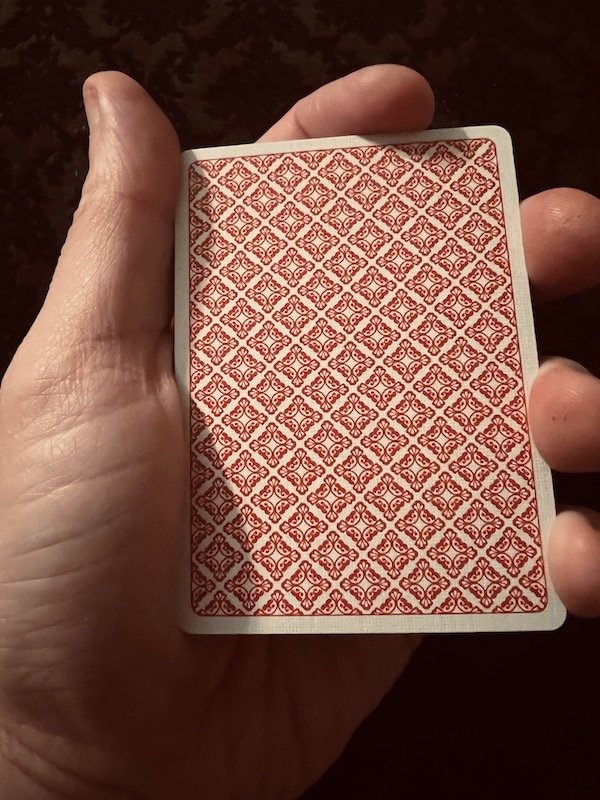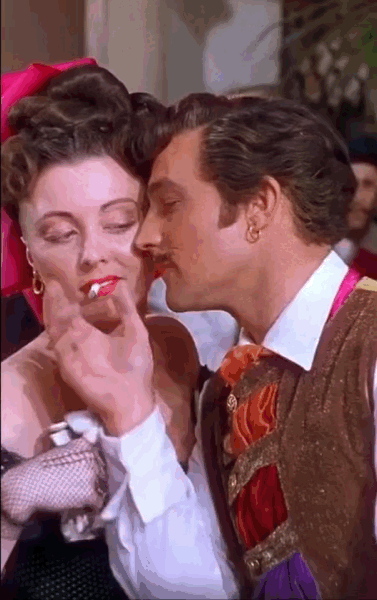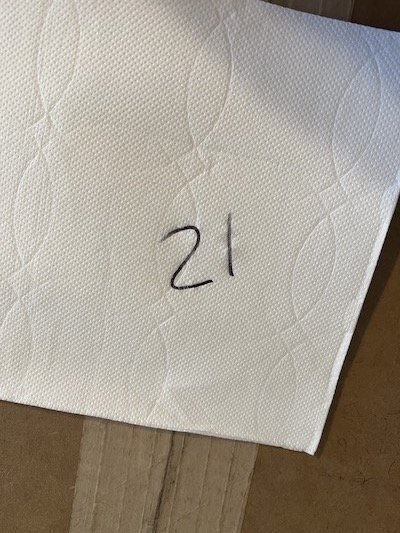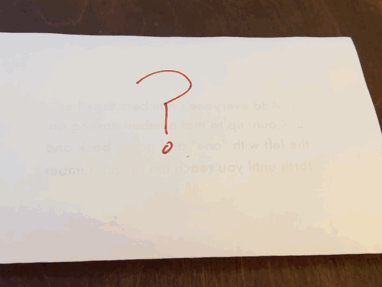Dusting #64
/The site will be away for spring break next week. (Spring Break = Getting my taxes finished and starting the book mailing.)
Regular posting resumes April 25th.
Before we go further I want to clarify the upcoming schedule for current and (potential) future supporters of the site. “Clarify” might be the wrong word. I want to “finalize” the schedule because what I’ve said recently has been a little up in the air due to certain factors. But here, as of now, is the planned schedule:
This Weekend - An email will go out to supporters collecting their shipping fee and current address for the support rewards package.
Next Week Thru The End of the Month - The support packages will ship out.
May 2nd - The new support “season” will commence, with a new support structure in place. Current supporters will have first dibs on the available supporter slots. Depending on the interest of current supporters, I’ll decide if I’m going to keep going with the site and associated content. If so…
May 6th - Unclaimed supporter slots will be made available via this site.
That’s the plan.
With my concerns about the supply chain setting back the production of the books and decks this year, one thing I failed to consider was that it would have a negative effect on my ability to get packaging. In past years, I’ve had custom-sized packaging printed for all the orders. This year that was going to set us back weeks. So, sadly, supporters won’t receive your book in a box like this
Or last year’s box which was cleverly disguised as a box of “luxury pinecones.”
Fortunately, the packaging we are using does an even better job at protecting the book, despite being much simpler than what we used in the past (a box built to the specifications of the book, inside a padded envelope).
If you look closely at this gif of a dryer, you will see two things inside. The first is a beach towel. The second is stiff white envelope inside which is this year’s book and deck of cards.
I was testing the new packaging in a dryer to simulate a book being tossed around by careless postal workers. (The bath towel is there because that’s what I used to sneak the package into the laundromat. I didn’t want people seeing me toss a package directly into the dryer like a goddamn sociopath. “Young man, that’s not a mailbox.”)
When I took the book out of the package it was in excellent condition. So the packaging might not be as fun this year but it will do the job of packaging, at least.
Julien Losa is releasing Ted Annemann’s Jinx magazine, with a new layout and format for about seven bucks a month.
As he describes it:
Every Friday, one issue of The Jinx, retyped, corrected, with a better layout/design, making it a more comfortable experience to discover or rediscover the best magic and mindreading magazine of all time ! + Two videos a month with demos/tips of some tricks of The Jinx !
At first I thought, is this really necessary? But now I think it’s probably a pretty good idea.
I have the three-volume Tannen’s (?) set of the Jinx and while the material is great, it really isn’t the best reading experience—small font, and jumping around to finish an article and stuff like that. This could be considered part of the charm of reading the Jinx. But it also could just be considered a pain in the ass.
I think Julien’s enterprise is worthwhile, especially if you’ve never worked your way through the Jinx. Getting one issue per week could be a fun way to do it.
Here is the first issue of Julien’s re-formatting, so you can see if this is something you might be interested in. If so, you can sign up here.
Remember last year when I did a week or so of posts on artificial intelligence? And I even had a contest for people to make videos inspired by those posts?
Well, somehow this video on how to be a magician was not one of those contest videos. This is a real thing, put out by a real youtube channel, presumably to be a helpful resource to people.
It’s a crazy video. Not as crazy as the content created by the AI that I was using for those posts last year. But it’s somehow weirder in a way. Like some of the advice is on the border of being legitimate/useful. And then thee’s stuff like, “Make sure your vest pockets are big so you can vanish plates.” I’m not 100% if the video was written by a robot, or just a very dull idiot.
Oh, and that same youtube channel put out the video below on how to french kiss. I figured a loser like you could probably use this. It’s three minutes longer than the video on how to become a magician. I guess that speaks to the relative difficulty of each enterprise.


















